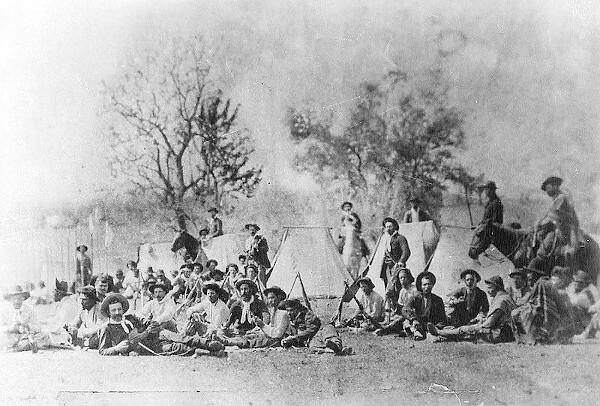Contrary to what we always think and what textbooks told, the Portuguese it wasn't the first settlers in Brazil, for there were native inhabitants here before the arrival of the Europeans. These native inhabitants and their communities were called by the Europeans indigenous, referring to the Indies, the place to which the Portuguese believed they had arrived.
You indians, inhabitants of indigenous communities, until the year 1500, when the first contacts with the Europeans, had one thousand and four hundred peoples, approaching a quantity of 3 to 5 million indigenous people.
The indigenous communities had and still have different characteristics, starting with the language: there were and still are several linguistic branches, such as Tupi or Macro-Tupi, Macro-Jê and Arawak.
These communities also had and still have different cultural practices, different beliefs and different religious rites. A brief survey of some indigenous peoples that inhabit or have already inhabited the Brazilian territory follows: Araweté, Avá-Canoeiro, Bororo, Cinta Largo, Guarani, Javaé, Kaingang, Karajá, Kayapó, Krahó, Munduruku, Pataxó, Tapirapé, Terena, Ticuna, Tupinambá, Xakriabá, Xavante, Xerente, Xingu, Yanomami, among others.
Indigenous peoples were divided into nomads and semi-nomads: they moved constantly from one region to another until exhaustion of available plant and animal resources, that is, they moved in search of fishing, hunting and small planting for survival.
A large part of the indigenous peoples lived in villages, small communities. Many researchers of indigenous cultures defended the idea that these peoples had a political organization, but not as complex as that of non-Indians. Generally a village's leadership would derive from the cultural and social values that warriors and spiritual chiefs would hold within their communities.
During the Brazilian historical context (from 1500 to the present day), indigenous peoples suffered a process of conquest, decimation physical (genocide) and cultural violence (ethnocide) initiated by the Portuguese and later perpetuated by the Brazilian population.
Currently, according to surveys by the government agency, IBGE (Brazilian Institute of Geography and Statistics), 734,131 people declare themselves as indigenous people, but, according to FUNAI (National Indigenous Foundation), if we consider as Indians only the people who inhabit the reserves Indigenous peoples, the number of the IBGE would reduce to 358,000 indigenous people, with the vast majority concentrated in the Northeast, Amazon and Midwest.
Many of the habits, customs, food and beliefs of Brazilian society are directly inherited from indigenous peoples, such as: the habit of walking barefoot, the custom of sleeping in a hammock, the habit of fishing and hunting, food based on cassava, flour, flour, beiju, in addition to beliefs in the effectiveness of plants as an alternative to cure illnesses.
Do not stop now... There's more after the advertising ;)
By Leandro Carvalho
Master in History

